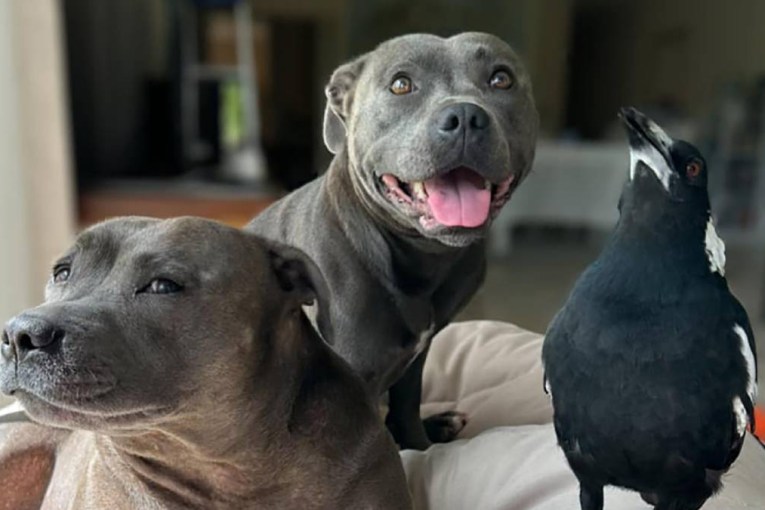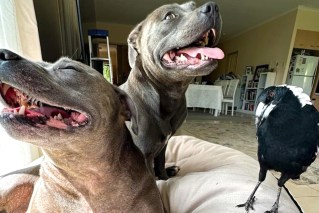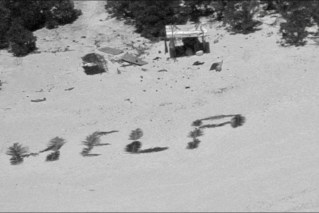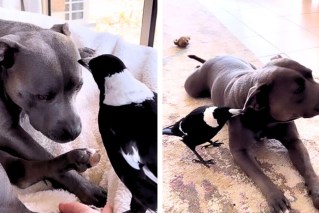More deep sea creatures discovered in Great Australian Bight
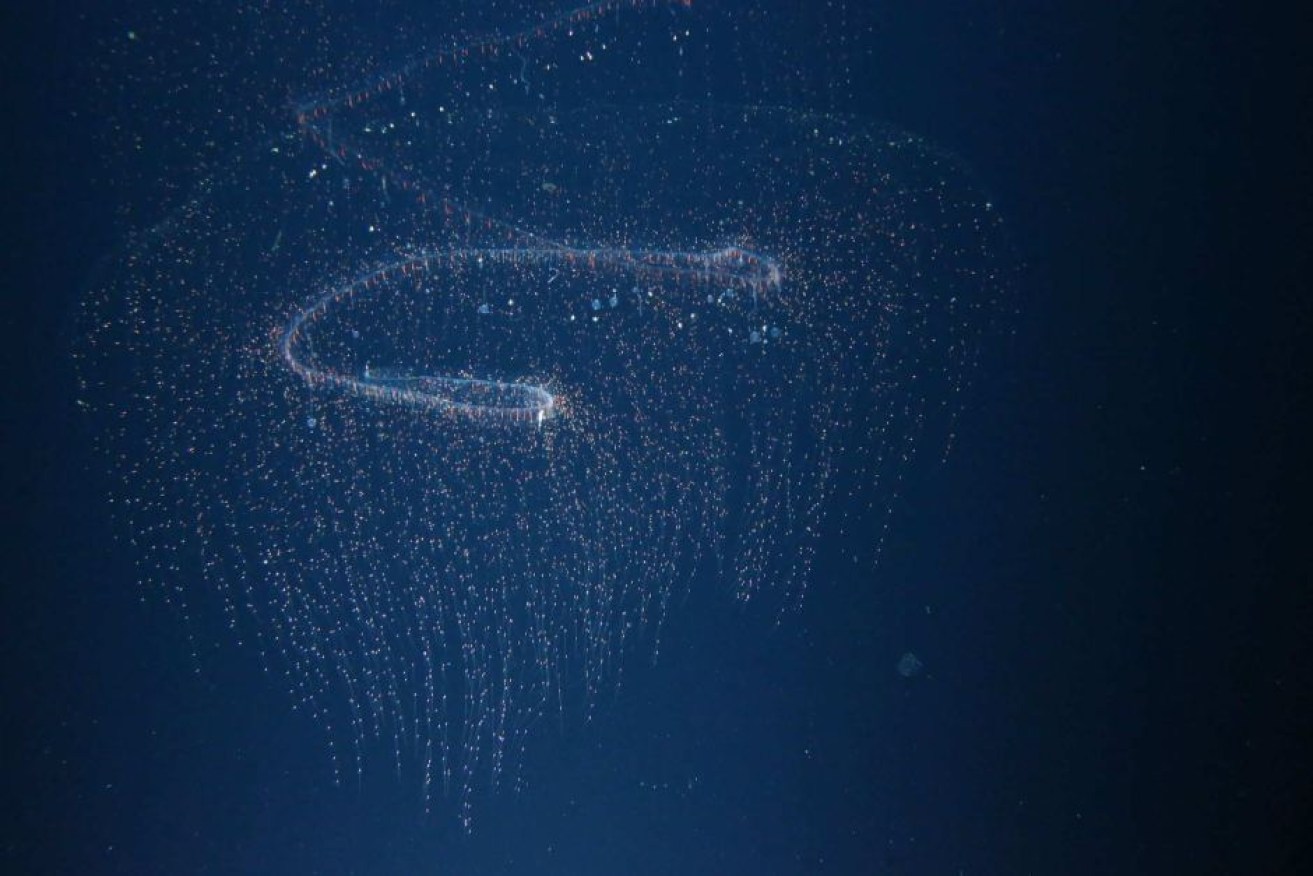
Two gelatinous species new to science were discovered with more likely to be confirmed. Photo: GAB Research Program/ABC
More than 270 deep sea species previously unknown to science have been discovered in the Great Australian Bight, while hundreds more have been seen for the first time in the waters off Australia’s southern coastline.
The $20 million Great Australian Bight Research Program found 275 new species and more evidence of offshore oil and gas reserves that could be exploited by energy giants including Chevron and Statoil.
The project was largely funded by BP but carried out independently by the CSIRO, the South Australian Research and Development Institute, the University of Adelaide and Flinders University.
“Before this program, very little was understood about the deep waters of the Bight,” research director Dr Ben Baghurst said.
“Thanks to the research from more than 100 of Australia’s leading scientists and technical staff over the last four years, we have models, tools and data that will be freely available to help inform future management of the Bight.”
Among the new species found, on the sea floor at depths between 200 and 4000 metres, are tiny organisms including decapods, isopods and polychaete – a type of worm.

A decapod, Munida sp, was also found. Photo: Hugh MacIntosh, Museum Victoria
The CSIRO’s Dr Alan Williams said more than 63,000 specimens were collected during the research program.
“We’ve collected many hundreds of species of fishes, larger epifauna – things like coral sponges, echinoderms and so forth and a large proportion of these are new, that is never before seen by scientists,” Dr Williams said.
“Although our survey has turned up literally hundreds of species, the data also shows that we can expect to see many more if we increase or extend our sampling effort.”
The project also examined the “iconic species” and apex predators of the Bight, revealing that the majority of Australia’s sea lions and fur seals occur in the Bight, while deploying more tags to understand the movements of southern bluefin tuna and sharks.
Small balls of tar and asphaltites – solid hydrocarbons – found washed up on beaches have also pointed to oil and gas reserves in the Bight, CSIRO’s Dr Andy Ross said.
“We can’t say for sure, but we know hydrocarbons have been generated there at some point in the past,” Dr Ross said.
“It gives us an indication that there might be a number of sources out in the Great Australian Bight, but the exact position, unfortunately we can’t tell you at this point.”
Research not driven by industry, ecotourism
Dr Baghurst insisted the research was independent, despite its major funding from BP.
“Their involvement is at a management committee level, so we get out there, and I help the scientists do their research,” he said.

Several companies have interests in the area. Photo: ABC
“It’s not directed to BP, or the oil industry, or the ecotourism industry, it’s about getting that holistic view so that we can then look at the impacts of whatever developments come along.”
He said it was ultimately up to the industry, regulators and politicians to decide if it should be developed.
BP has since scrapped plans to explore for oil in the Bight and has transferred licences to Statoil.
“While BP announced in October 2016 that it did not intend to continue with its exploration in the Great Australian Bight, we continued to support the research program,” a spokesperson told the ABC.
“We are pleased to see the project near completion with the release of findings that will build knowledge of the area and benefit many.”
Results from the research program have been presented in Adelaide, and will be made publicly available.
-ABC
